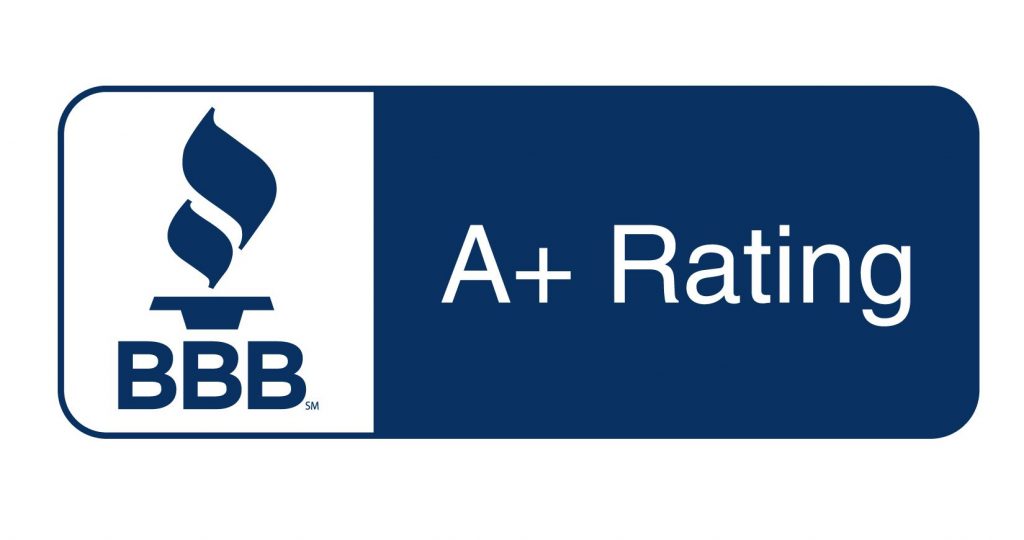If you have started looking into Medigap pricing methods, you may have noticed that there are several rating methods used by insurance carriers. The method used will have a significant impact on your monthly premium. This is one reason you should shop at multiple insurance companies before enrolling in a Medigap plan.
Understanding Medigap pricing methods will help you decide which carrier you’d like to enroll with. Today, we’re going to review the different rating methods, along with other factors that impact your Medigap premiums.
Attained-Age Rating for Medigap Plans
Attained-age pricing is the most common method used to calculate Medigap premiums. Using this method, an insurance carrier will look at your age at the time of enrollment. After that, the premium increase as you “attain” a new age, slowly increasing over time. The thought behind this is that as you get older, you’ll have more healthcare costs. While it may appear less expensive when you first enroll, it may be more expensive in the long run.
Age is not the only thing that can cause an attained-age-rated policy to increase. They may also increase due to inflation or an overall rise in healthcare costs.
Issue-Age Rating for Medigap Plans
The issue-age rating method uses the policyholder’s age at the time of enrollment. It does not increase due to age. Someone who enrolls at age 65 will have a lower premium than someone who enrolls at age 70. If you purchase the policy at age 65, you will always pay the premium of a 65-year-old enrollee.
However, like the attained-age method, the premium may still increase due to inflation and rising healthcare costs. Premiums for issue-age-rated Medigap plans are usually higher than attained-age-rated policies in the beginning.
Community Rating for Medigap Plans
Community ratings work a bit differently than the other two methods and are not nearly as common. Under this model, all enrollees pay the same premium in a service area, regardless of age or other personal factors like gender and medical history. A 65-year-old enrollee will pay the same monthly premium as a 90-year-old premium.
Again, like the other two methods, premiums can still increase due to other factors. Community-rated Medigap policies are usually more expensive in the beginning but may save you money over time.
Other Factors that Impact Your Medigap Premiums
The pricing method is just the first factor used in calculating your Medigap premiums. Depending on the method used, other personal factors are also taken into consideration.
- Gender: Men pay more than women.
- Age: Older enrollees pay more than younger ones.
- Zip Code: Beneficiaries in higher-cost-of-living areas pay more than those living in rural areas.
- Tobacco Use: Tobacco users pay more than non-users.
All insurance carriers increase their Medigap policy rates annually to keep up with inflation. The increases are usually conservative, and they must first be approved by the state’s insurance department.
Have you noticed a recent increase in your Medigap premium? Did you know you can change your Medigap plan at any time of the year? In most cases, medical underwriting applies, but it’s always worth shopping around for more affordable coverage.
The independent agents at Carolina Senior Benefits can compare your current Medicare plans to others you’re eligible for. We’ll get quotes from multiple carriers to make sure you get the coverage you need at a price that fits your budget. Call us today for a complimentary review of your coverage.





